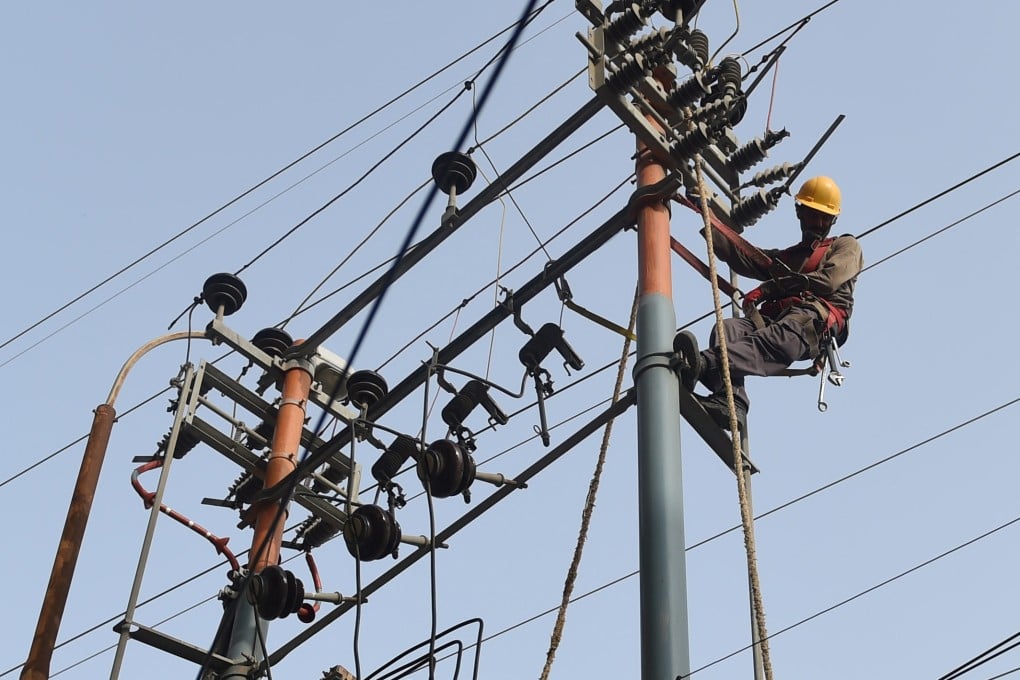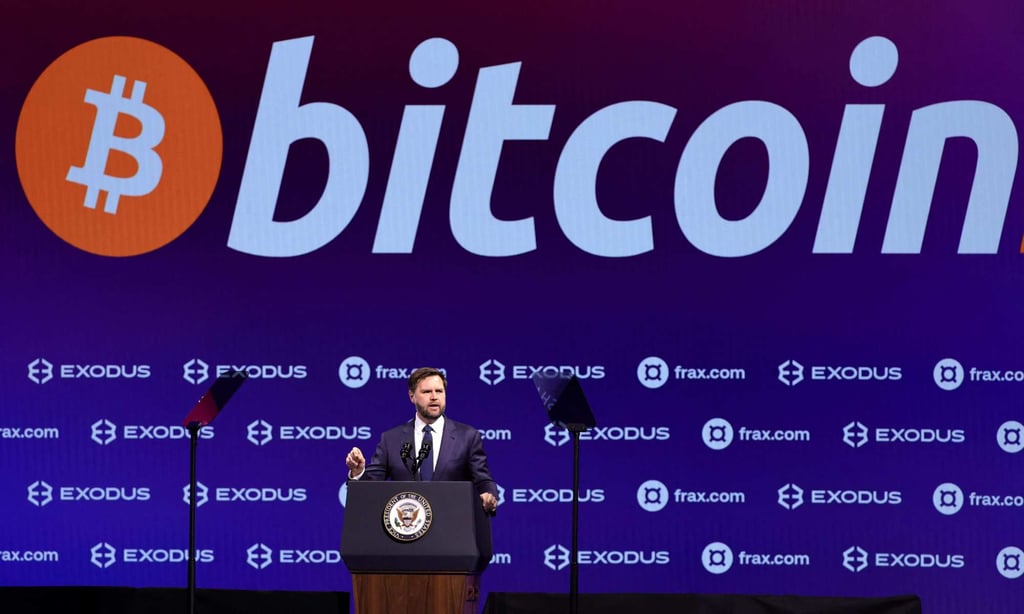Pakistan’s bold bitcoin reserve plan aims to transform energy surplus into tech investment
The strategy to diversify the economy and hedge against currency volatility carries high risks, but the rewards could be great, analysts say

The official Pakistan Crypto Council (PCC), set up in February and led by British-Pakistani tech entrepreneur Bilal bin Saqib, will offer 2,000 megawatts of spare power plant capacity to attract foreign bitcoin miners and artificial intelligence data storage centre investors.
Its first client is set to be World Liberty Financial (WLF). The stablecoin firm that is majority owned by the Trump Organisation signed a letter of intent with the PCC on April 26 to “accelerate blockchain innovation, stablecoin adoption and decentralised finance integration across Pakistan”.

Their envisioned scope of cooperation includes the launch of “regulatory sandboxes” for blockchain financial product testing, easing the “responsible growth” of decentralised finance protocols and exploring the tokenisation of real-world assets like real estate and commodities.
They also plan to expand stablecoin applications for remittances and trade – opening up the possibility of Pakistan using WLF’s stablecoin USD1, which is issued on Binance’s blockchain.